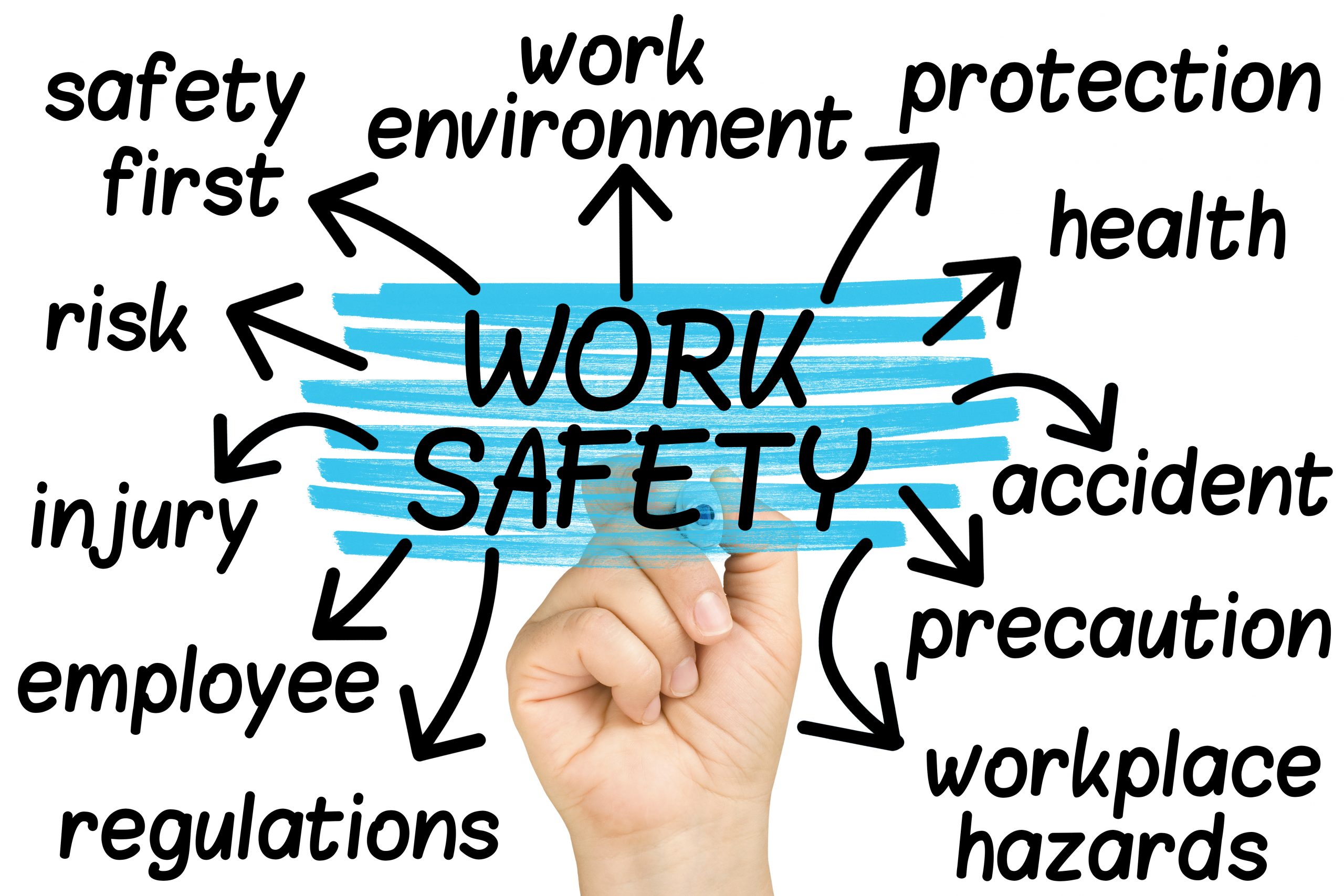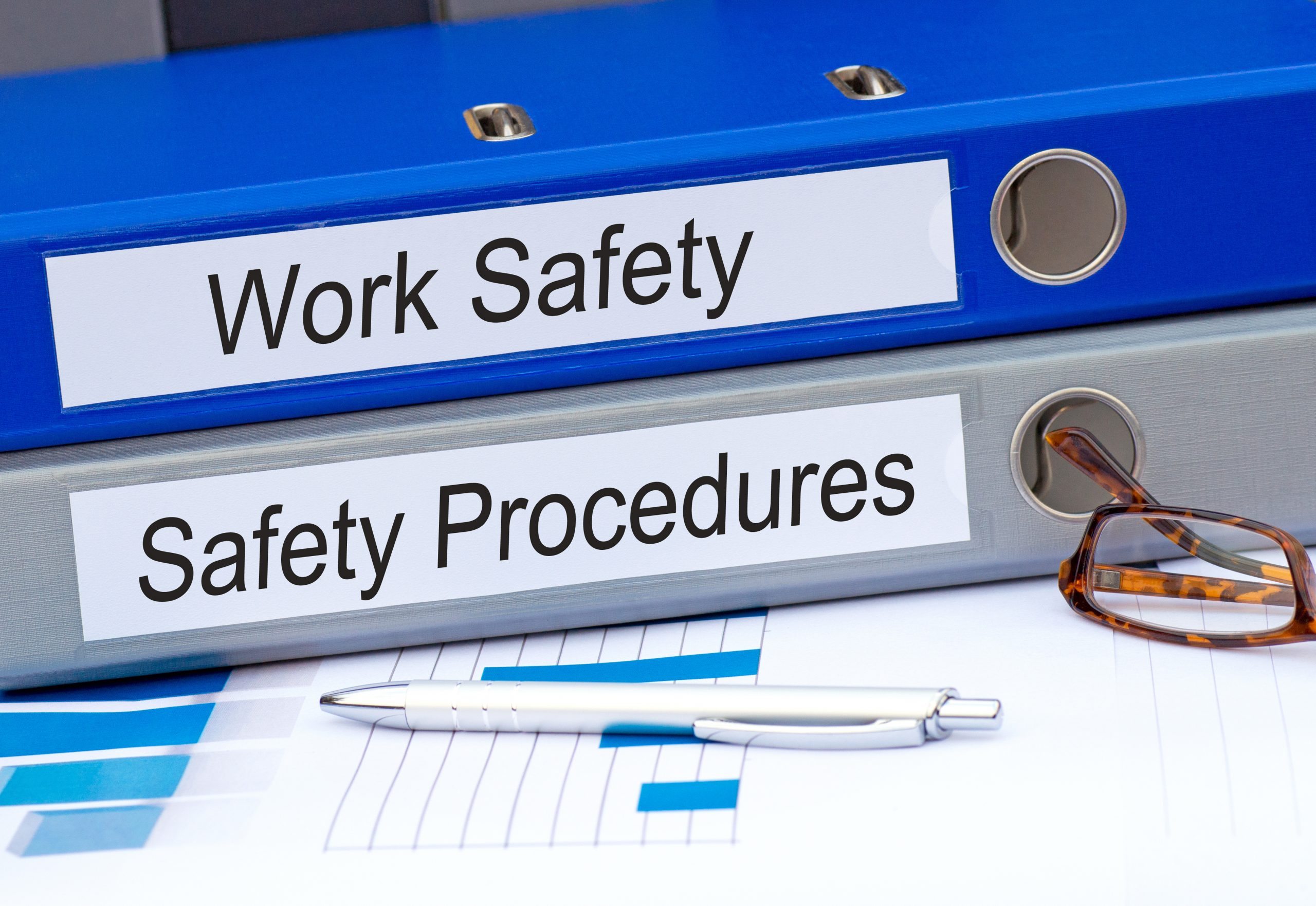Basic Warehouse Safety Rules: How to Ensure Employee Compliance?
Are your employees ignoring basic warehouse safety rules? Follow our expert advice to ensure staff remain compliant at all times.
The term ‘health and safety’ has developed a bit of a stigma in recent years. Overcomplicated rules and regulations, seemingly inane workplace policies and other practices have led many to see the HSE — the UK’s governing body of health and safety management — as a bloated creation of unnecessary safety enforcement.
The result is that many people ignore the health and safety rules their workplaces have put in place. It is not uncommon to find employees disregarding company policy because they don’t respect the significance of the health and safety measures established.
Of course, there is no smoke without fire. Health and safety rules have taken some steps in the wrong direction in the past. A 2011 study outlined a number of ‘pointless’ EU laws that forced British businesses into costly and unnecessary risk avoidance strategies.
However, overzealous laws do not mean health and safety is completely without merit. Workplaces like warehouses carry a risk of injury and even death. Proper and appropriate health and safety is critical to avoiding such risks, which means employees must comply with company policy.
But in a world where health and safety is known for being mostly superfluous, how do you achieve this?
Encourage High-Priority Safety Culture
What does encouraging a safety culture mean? It means getting your employees to understand the importance of basic warehouse safety rules and why they are in place. Stressing the significance of your health and safety rules is imperative to workers actually understanding why they exist.
A strong way to do this is to show examples of potential injuries that can occur should health and safety rules not be followed. If you can find real-life circumstances and examples that illustrate your point, use them.
The aim is to cultivate a safety-conscious culture within your warehouse, where your staff not only respect the policies in place, but actively work to ensure they are followed. Encouraging employees to report breaches is another tactic you can employ. This means that not only will you find out if people are ignoring rules, but that workers will be more likely to follow them as there are more eyes observing their actions.
Avoid Unnecessary Safety Regulations
Part of making sure people respect and understand the importance of your basic warehouse safety rules is ensuring you’re not implementing unnecessary or pointless policies.
You must follow HSE law and duty of care when constructing workplace regulations. However, if you overstep the mark and go beyond what you have to do, you may find employees become less concerned with following certain rules.
If some rules are broken because they are deemed ridiculous, all rules are at risk of being ignored.
Create a dialogue with your staff about health and safety rules. Find out what they think about the regulations in place and work together to create policies that meet legal requirements, while also establishing regulations that employees feel are acceptable and legitimate. Involving your staff helps them engage more with the rules and ensures they place more significance on following them.
Conduct Regular Training
Part of compliance is knowing what you actually have to do, yet confusion at work is not uncommon. In fact, 50% of workers aren’t entirely sure of all their responsibilities. If employees aren’t even clear on what their job is, how can they be clear on all elements of health and safety?
Regular training works to accomplish two things:
- It refreshes workers on basic warehouse safety rules and ensures they are aware of exactly what is expected of them;
- It ensures they are aware of any new additions to your warehouse’s health and safety policy, such as changes in how to perform certain tasks.
Training means that all your workers know how to be compliant. If they know how to comply, they can’t break the rules by mistake.
Carry Out Spot-Checks
Training is important for compliance, but it’s important to know if your education platform is working.
Conduct spot-checks to find out. This involves not only randomly monitoring employees in the normal work environment, but also testing them. Ask your staff questions about how they would complete certain tasks that require basic warehouse safety rules to be followed.
Random spot-checks can lead to resentment if done improperly, so be sure to take an unbiased approach. This means monitoring and testing all individuals in the same way, no matter what position of authority they hold.
Ensure Consequence for Non-Compliance
Unless there is a health and safety breach as a result of negligence or non-compliance, there is no legal requirement that somebody face punishment as a consequence for ignoring health and safety.
That responsibility falls to the business.
Instigating a clear policy for non-compliance is an unfortunate but necessary task when it comes to combating disregard for health and safety rules. If your employees see no consequence for breaking rules, other than a slap on the wrist, then they’ll continue to do so. In continuing with such behaviour, they put others and themselves at serious risk.
Employees who do not comply with your basic warehouse safety rules must be disciplined accordingly, with punishments appropriate to the severity of the misconduct.
Reward Those Who Follow Basic Warehouse Safety Rules
Those who break the rules should be punished, but those who follow them shouldn’t be forgotten. Reward and incentive schemes are powerful tools for compliance and improving overall productivity. Staff who receive rewards for their efforts are, on average, 50% more engaged with their workplace than those who don’t, and are more motivated, too.
Engagement with basic warehouse safety rules is crucial to guaranteeing compliance. Having people motivated to comply is just a bonus. But how do you reward an employee for following the rules?
Every workplace will have their own unique reward system, as only you will know how to best incentivise your staff. However, here are a few tips. Reward those who:
- Regularly pass spot-checks
- Report safety issues without prompting
- Are observed carrying out appropriate safety processes
- Are reported to be following regulations properly by floor managers.
Warehouse staff need education in all types of safety procedures, including the use of racking and storage equipment. Our SEMA approved racking inspectors at Storage Equipment Experts can offer training on staying safe at work.







